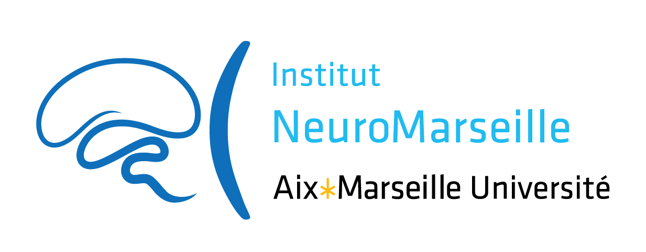Exploring post-rehabilitation plasticity with intra-cerebral recordings on anomic profiles
Résumé
Background: Patients with drug-resistant epilepsy involving the language network often exhibit anomic profiles in daily life due to difficulties with lexical selection processes. Very little evidence is available regarding the effects of language rehabilitation in this population. Objective(s): We aim to induce brain plasticity combined with improvements in behavioral performance using language therapy in patients with epilepsy. Methods: We implemented a therapy focused on phonological and semantic features of infrequent words over three treatment sessions, each targeting a specific semantic category. Intracranial signals were recorded in 10 patients during baseline and post-therapy picture-naming sessions. Response times and the percentages of correct responses during naming tests were collected. Time-frequency analyses were conducted on intracranial signals, and comparisons were made between baseline and post-therapy conditions for each patient. Results: Half of the patients demonstrated improved naming skills following the treatment. We observed significantly different recruitment of frontotemporal areas in the left hemisphere (including Broca's area) post-therapy in patients that improved naming skills. Specifically, we found significantly different high-gamma activity in the posterior left inferior frontal gyrus 500 ms after stimulus onset in patients with improved naming skills vs. non-improved naming skills. This effect was not observed in the right hemisphere. Conclusions: These findings suggest that enhanced performance following language therapy is associated with modifications in posterior left IFG activations during latencies closely tied to the lexical selection process.
| Origine | Fichiers éditeurs autorisés sur une archive ouverte |
|---|---|
| licence |


